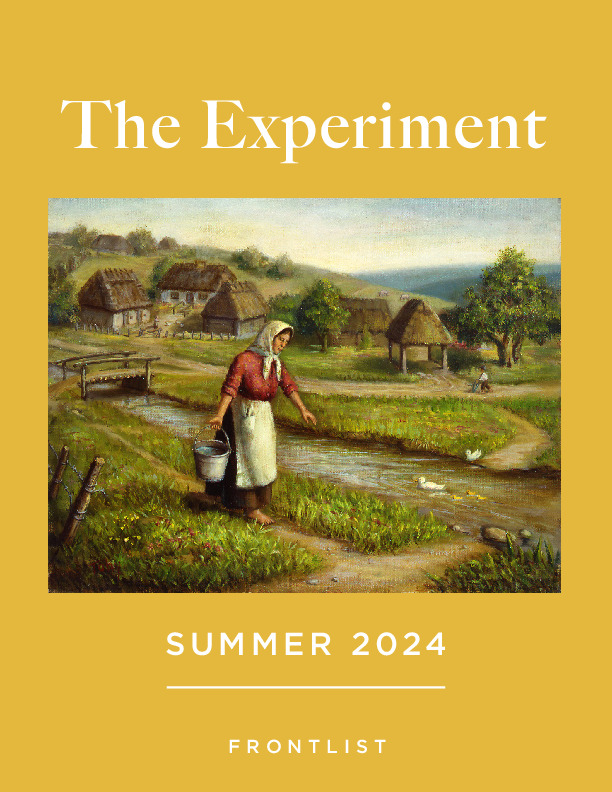If the following exchange sounds relatable . . .
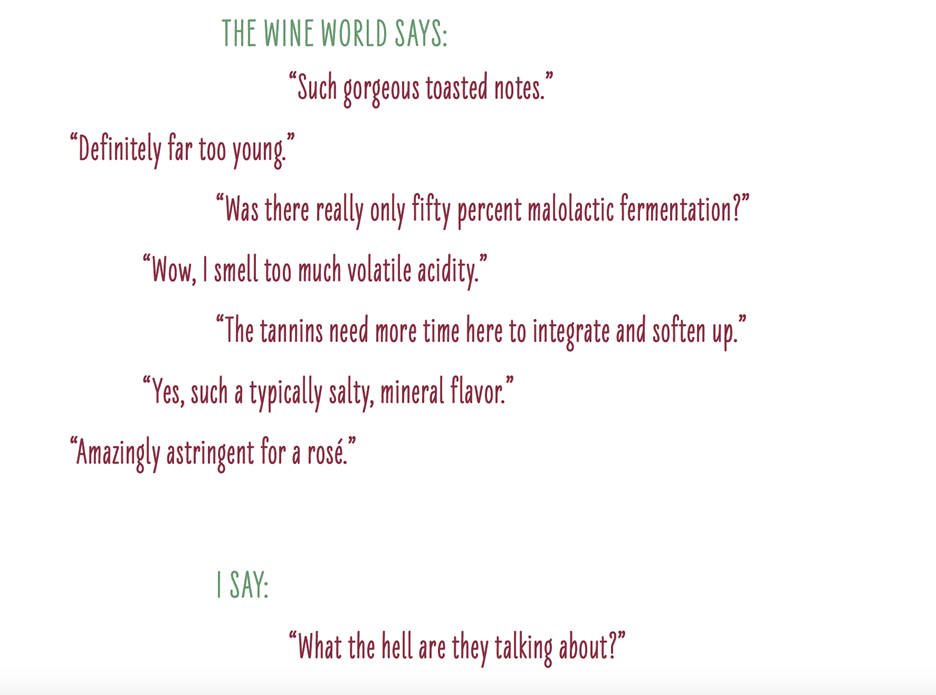
. . . then Madelyne Meyer’s book Welcome to Wine is the resource for you! Madelyne, a certified wine specialist, set out to write (and illustrate) a book for anyone—and especially beginners in the wine world—who wants to learn more about wine without having to deal with any of the pretention that too often obscures the subject.
Today on the blog, we’re taking it one step further! With holidays on the horizon, we’re offering up this handy cheat sheet for wine presentation. Learn directly from Madelyne Meyer how to present and serve the *perfect* glass of wine this holiday season!
1. The glasses
There are dozens of shapes of wine glass, all designed to unlock the absolute maximum potential of a wine. The shape of the glass plays a big role in the taste and smell of the wine itself. The good news is, there’s a universal glass that will highlight both reds and white wines perfectly well.
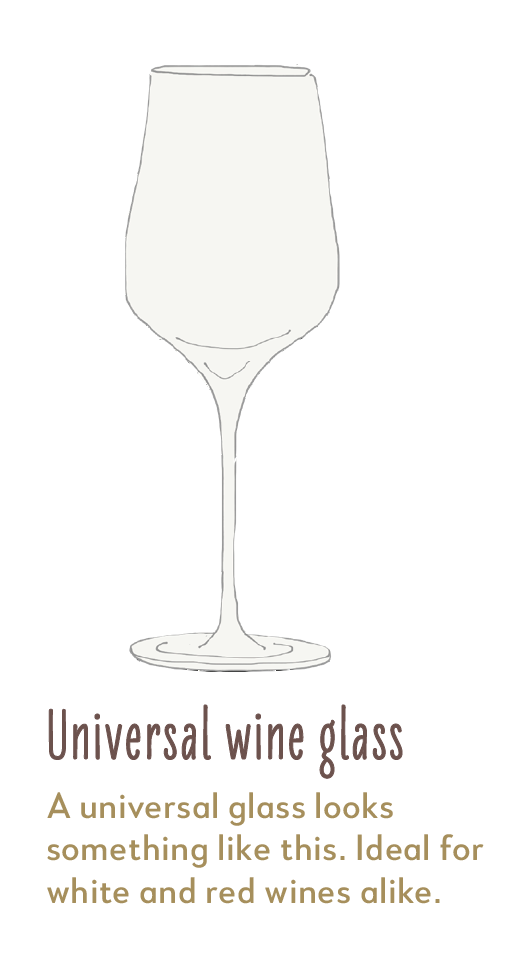
But in case you’re looking for a little more specificity:
RED WINE
Red wine glass with a rounded bowl and a narrower top (triangle shape)
For wines with elegant, fine aromas and a somewhat lighter body, such as pinot noir or gamay. Swirling the wine in the glass opens it up nicely, and the narrower opening means that the aromas don’t escape right away.
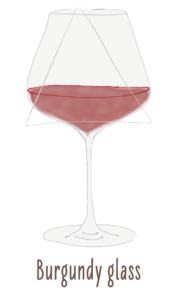
Red wine glass with bowl and top of similar width (rectangular shape)
For wines with a more forceful aroma and a more powerful or heavier body, such as cabernet sauvignon or merlot. The generous cup allows the aromas to develop on contact with air while ascending up and out of the glass. The wider surface enables any possible scent of alcohol to escape.
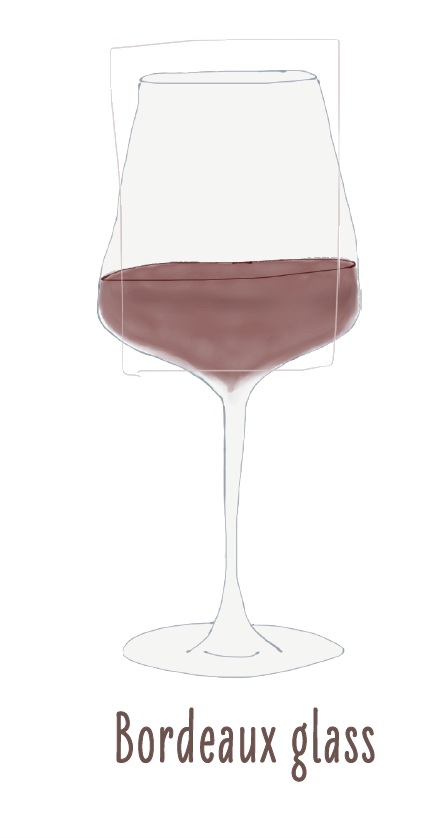
WHITE WINE
White wine glass with a slim cup and a narrower top
For practically any white wine, whose fuller body calls for a larger bowl, except heavy chardonnays. The tapering shape holds the floral aromas in the glass, and the acidity comes through nicely, enabling more aromas to unfold.
White wine glass for sparkling wine
Sparkling wines are fizzy, but they boast more than just carbon dioxide bubbles. Their aromas range from fruit to bakery-fresh bread. These scents can’t develop in a narrow glass, known as flutes (or “test tubes,” as I lovingly call them). We don’t feel comfortable in a T-shirt that’s too tight either. So I recommend using the same glass as for white wine.
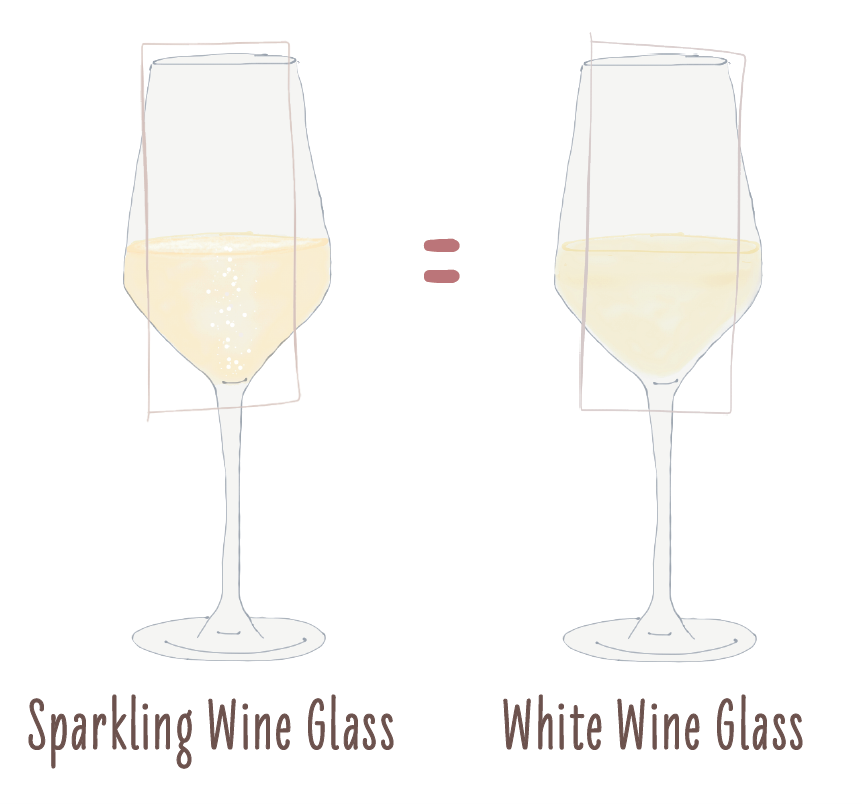
The key difference between red and white glasses is that the aromas and notes of red wines are generally more robust and therefore better suited to a larger glass.
2. Temperature
At this point, I could go into the ideal serving temperature for every single variety of grape. I could do that, but I don’t have to. Because, if we’re honest, we only really pay attention to the correct serving temperature if we have company. On an average Netflix evening, you just grab the white wine out of the fridge or a bottle of red that’s been sitting on the countertop for months.
That being said, should you need them, here are her tips and tricks for serving wine at just the right temperature.
White wine: 48–54°F
Not chilled? Pop it in the freezer for twenty minutes or the fridge for an hour. The wine’s in the fridge? Take it out fifteen minutes before pouring.
Rosé wine: 48–54°F
Same as white wine.
Sparkling wine: 43–44°F
Unchilled bubbly? Pop it in the freezer for an hour. Then place in the fridge until ready to serve.
Red wine: 57–64°F
Too warm? Pop it in the freezer for fifteen minutes or the fridge for half an hour. Serve within ten to fifteen minutes.
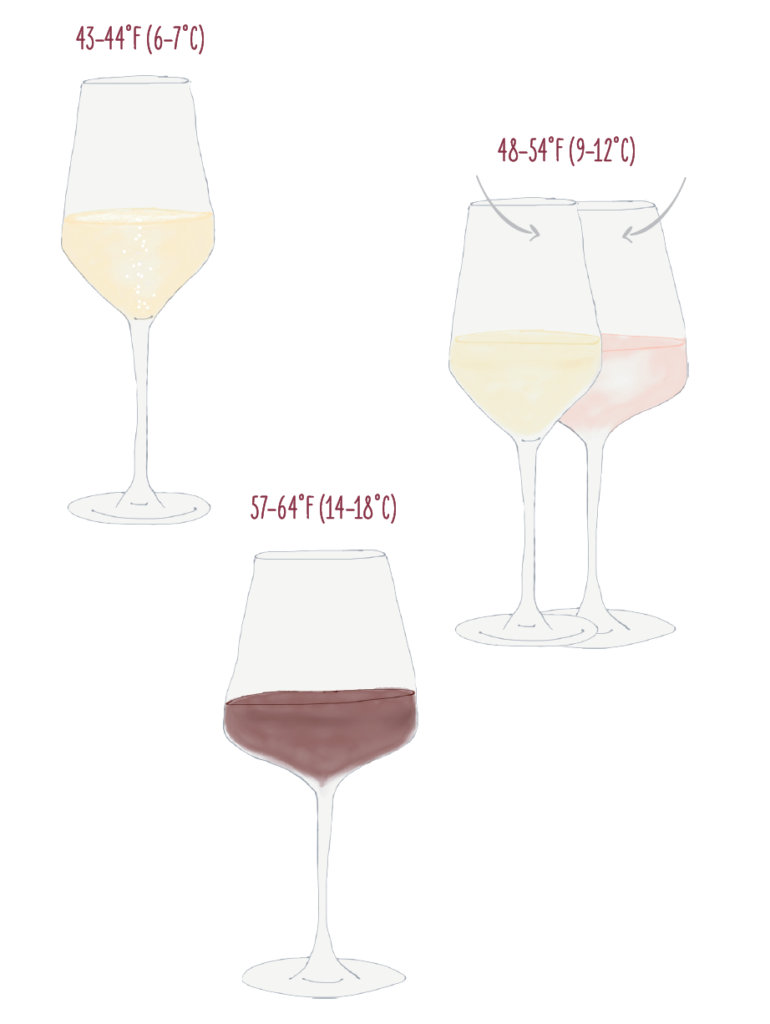
3. Serving and handling
Finally, the last basics to know about handling and serving wine this holiday season can be summarized by Madelyne’s expert illustrations. You’re sure to impress whoever you’re spending the holiday with, virtual or in-person, by adopting these practices.
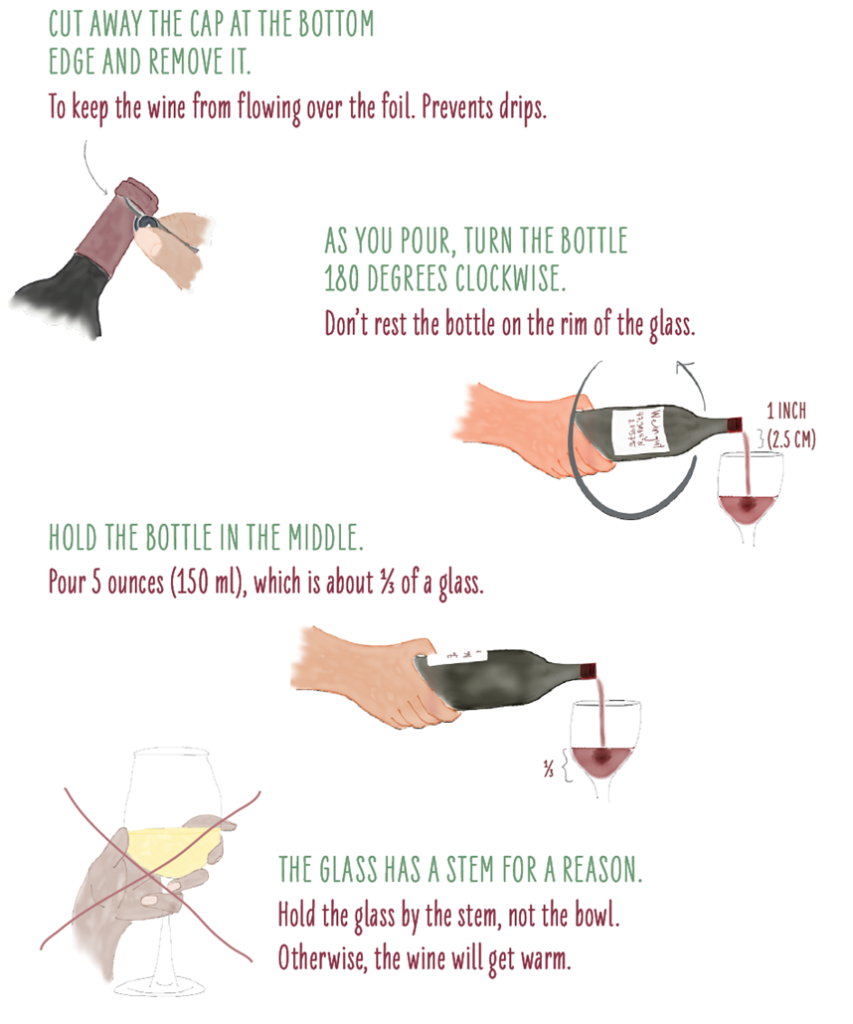
And there you have it! No matter who you’re spending the holidays with, you’re sure to wow loved ones with your excellent wine skills and knowledge. For many more helpful facts, tips, and tricks of the wine world, be sure to check out Welcome to Wine: An Illustrated Guide to All You Really Need to Know, available now everywhere books are sold. From everyone here at The Experiment, have a lovely and safe holiday season!


